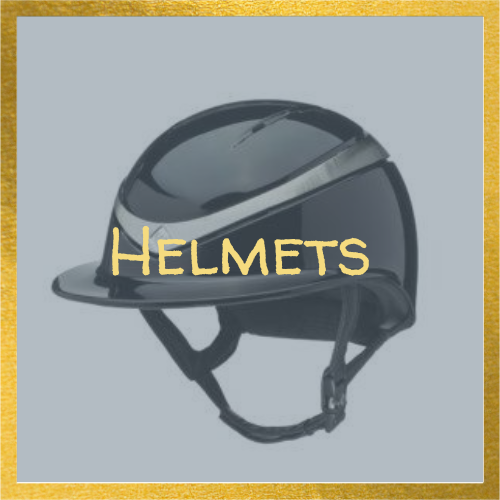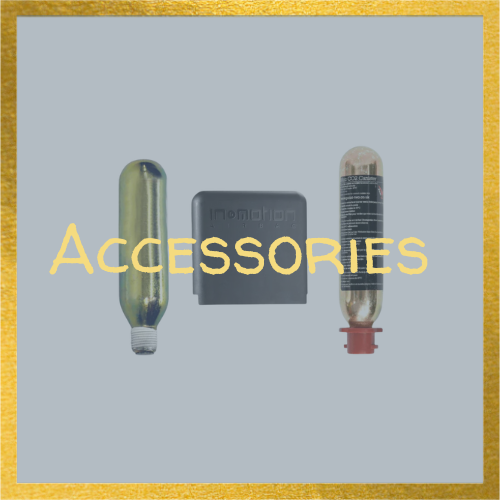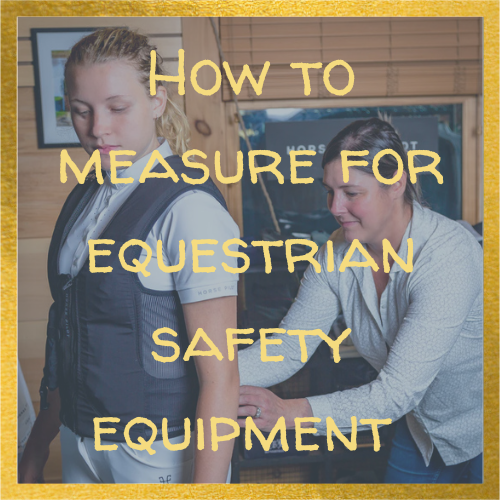Recent tragic events have led to many asking about helmet safety. How do we know if we’re using the safest helmet? What are the different certification standards?
First and foremost, a helmet must fit properly. A helmet can have every possible certification, but if it doesn’t fit, it won’t reach the protective potential of those certifications.
Second, the more certifications a helmet has, the better. THIS IS KEY.
All certification programs require approved helmets to pass an initial design test. In the US, the commonly accepted and minimum required standard is ASTM F1163-15 (note that the ASTM standard is being updated later this year). This is the most lenient testing standard.
The current ASTM/SEI standard only tests two things: flat impact and hazard edge. The flat impact is from a height of 1.8 meters and the hazard edge is from a height of 1.3 meters.
SEI will test a batch every 12 months to ensure quality.
The next most stringent standard is VG1 01.040 2014-12. This standard also tests flat impact at a 1.8 meter drop, but also does a spike test of 50cm and tests crush resistance with 630 newtons of force.
VG1 does not evaluate hazard edge impact performance, so for comprehensive protection, it’s good to see that a helmet has both ASTM and VG1 certifications, as ASTM does not have a crush or spike component to their testing.
Next is PAS015:2011. In addition to the 1.8 meter flat impact and 1.3 meter hazard edge impact, PAS015 tests spike at 75 cm and crush resistance at 800 newtons, so this is considered to be a higher standard than either VG1 or ASTM.
Both PAS015 and VG1 (BSI Kitemark) checks one of every 200 helmets from a batch of 800 to 3,200 before they will issue an approval label. If the helmets do not pass the standard, then the entire batch must be destroyed.
Last is Snell, and very few helmets are tested to the Snell standard. We mostly see jockey skull caps submitted for testing to this standard. They key difference here is the inclusion of a round impact test from 1.5 meters. The flat impact is from 1.9 meters, hazard edge, as with the other standards, is 1.3 meters, spike is 100 cm and crush resistance is tested at 1000 newtons of force.
In 2023, ASTM is being updated and EN1384 is being introduced. The new ASTM standard will include a crush resistance test to 640 newtons. EN1284 will include a flat impact test at 1.8 meters, hazard edge impact from 1.3 meters, spike test at 62.5 cm, and crush resistance from 800 newtons.
Recent traumatic accidents that have us all evaluating helmet safety have been crush related incidents, so you should be evaluating if your helmet has PAS015, VG1, and/or Snell certification at a minimum. At Ride EquiSafe, we strongly advocate helmets that have more than just ASTM certification.
















